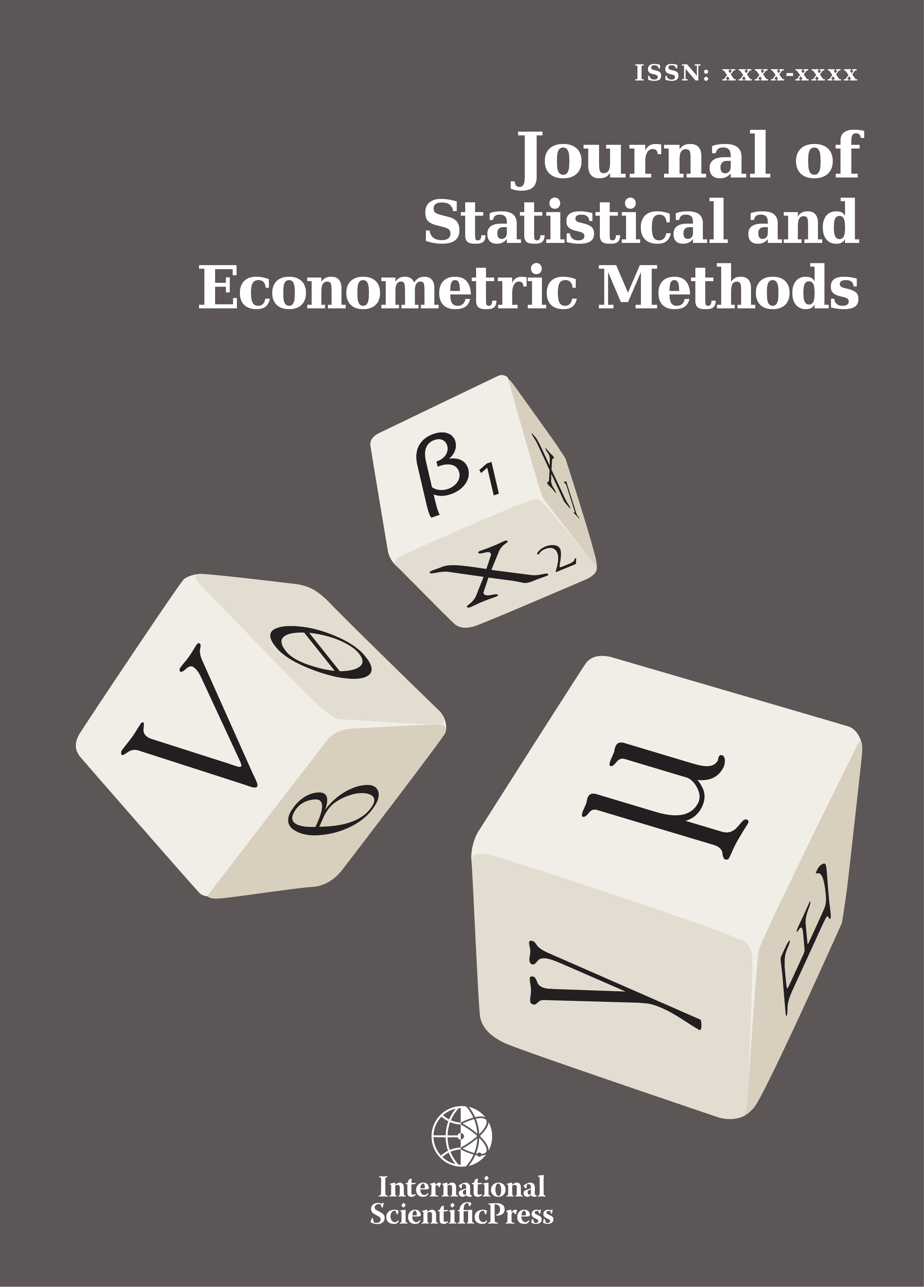Journal of Statistical and Econometric Methods
Modeling Asymmetric Effect in African Currency Markets: Evidence from Kenya
-
 [ Download ]
[ Download ]
- Times downloaded: 10665
-
Abstract
Volatility modeling has of recent received considerable attention in the literature. The US-induced global financial crisis offers more reasons to explore the volatility structures of currency markets. The present study seeks to examine empirically the possibility of asymmetry in Kenyan exchange rate volatility in the light of the global financial crisis of 2008-09 and the election violence of January-February 2008. GARCH and EGARCH models involving GED specification were employed. Though specification tests favoured GARCH, EGARCH estimation suggested the possibility of asymmetry in Kenyan shillings. In addition, the estimated effect of the crises on returns and conditional volatility are about .04% and 2.19X10-4 %, respectively. Further, the estimated values of the ARCH and GARCH effects clearly indicated that the conditional volatility (on aggregate) reacted more intensely to shocks than to the market movements. The subsample comparisons showed that while the conditional volatility reacted more intensely to market movements (than to shocks) during the pre-crises and election periods, it was more influenced by shocks in the global crisis period. Finally, the article recommends some measures that would help to restore exchange rate stability in the economy.
